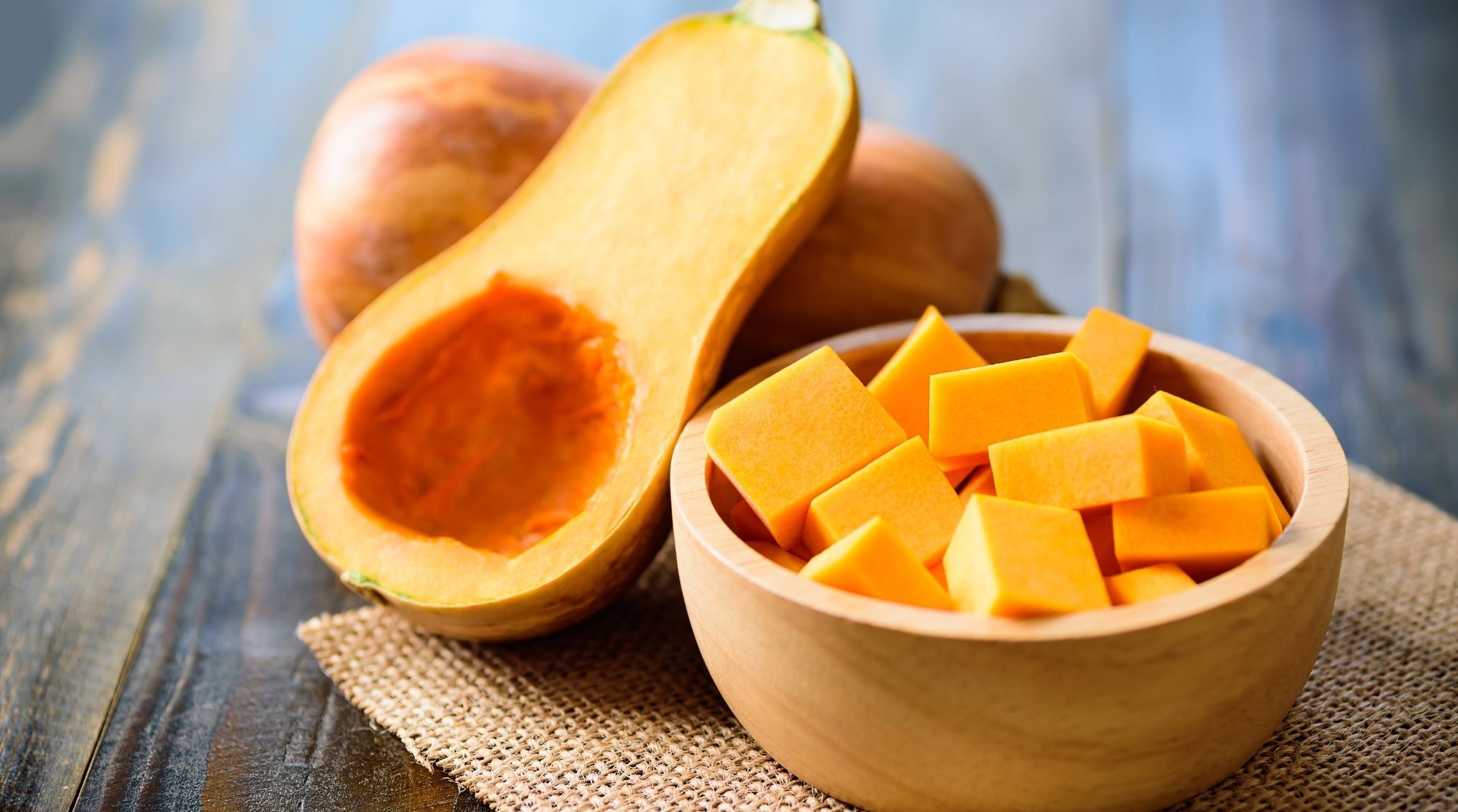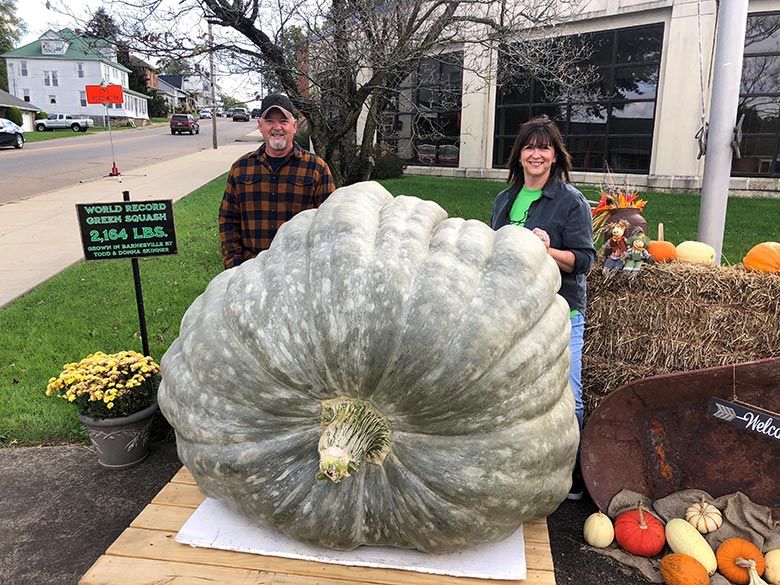
“
Discover the "Splendid Facts About Squash" and uncover the many wonders of this versatile vegetable. Squash comes in various shapes, sizes, and flavours, making it a fascinating ingredient with numerous health benefits. In this blog, we highlight 20 splendid facts about squash, from its rich history to its unique culinary uses. 1
1
1
1
”
Squash is one of the oldest cultivated crops in the Americas, with evidence of its cultivation dating back over 10,000 years in Mexico. It was a staple food for ancient civilizations like the Aztecs and Mayans. 1
Squash comes in many forms, from summer varieties like zucchini to winter types like butternut and acorn squash. Each variety offers unique flavours, textures, and culinary uses, making squash one of the most versatile vegetables. 2
Squash belongs to the Cucurbitaceae family, which also includes pumpkins, cucumbers, and melons. This family is known for its wide range of fruits that grow on vines, showcasing the plant’s evolutionary adaptability. 3
Squash started as a wild plant in Central America and Mexico and has since become one of the world's most widely cultivated crops. Its evolution reflects its significant role in global agriculture and diverse culinary uses. 4
Squash plants rely heavily on pollinators like bees for fruit production. Without sufficient pollination, squash flowers may not develop into fruit, making bees and other pollinators essential to squash farming. 5
Most winter squash have long shelf lives and can be stored in a cool, dry place for weeks or even months. This durability makes them a convenient and lasting vegetable option for your pantry. 6

Squash seeds are not just edible but also nutritious. Rich in healthy fats, protein, and minerals, roasted squash seeds make for a tasty and healthy snack, similar to pumpkin seeds, which are from the same family.
Butternut squashes, along with most orange squashes, are rich in vitamin A. Just one cup provides 457% of the daily recommended value, offering more than enough vitamin A for most people’s daily needs. 7
Squash is a global favorite, with significant production in countries like China, India, and the United States. It is used in a variety of dishes worldwide, from soups and stews to roasted sides and desserts. 8
Squash blossoms are a delicacy in many cuisines. These vibrant yellow flowers are often stuffed, battered, fried, or used fresh in salads, adding a subtle squash flavour and a touch of elegance to dishes.9

The heaviest squash, weighing 2,164 pounds, was grown by Todd and Donna Skinner and verified by the Great Pumpkin Commonwealth at the 2021 Oakland Nursery National Pumpkin Weigh-off. It was cultivated from a "1109 Jutras" seed.
Winter squash typically takes 80 to 120 days to mature after planting, with the exact time depending on the variety, soil conditions, and growing location. This period ensures the squash develops its full flavour and texture.10

The heaviest butternut squash, weighing 131.4 pounds, was exhibited at the Virginia State Fair on September 23, 2023, by Jason Loris. It measured 59 inches long and 34.5 inches wide, surpassing his earlier record.
Squash is composed of up to 95% water, particularly in varieties like zucchini. This high water content makes squash low in calories and hydrating, making it an ideal ingredient for light, refreshing summer dishes. 11
Winter squash varieties like acorn, butternut, and spaghetti squash have a thick skin that allows them to be stored for several months in a cool, dry place, making them an excellent food source during winter. 12
In traditional medicine, especially in indigenous cultures, squash was used for remedies such as treating wounds, respiratory issues, and digestive problems. Its seeds were valued for their anti-parasitic properties to expel parasites. 13
Most squash varieties grow on sprawling vines, which allow them to spread out and produce their distinctive fruits. This growth pattern helps them thrive in various environments, making them a versatile and abundant vegetable.14
Squash plants are known for their rapid growth, especially in warm, sunny conditions. Some varieties can go from seed to harvest in as little as 40 days, making squash a quick and rewarding crop for gardeners. 15
Squash plays a major role in the global vegetable market, with the United States representing about 20% of global squash exports. This underscores its economic significance, particularly in North and Central America. 16
Squash is packed with essential nutrients, including vitamins A and C, potassium, and dietary fibre. Its high antioxidant content supports overall health and can help reduce the risk of chronic diseases like heart disease and cancer. 17


